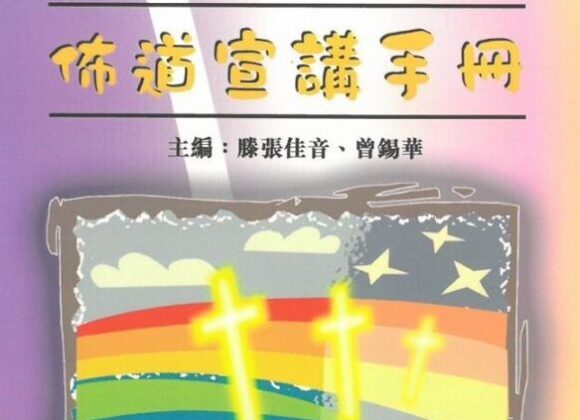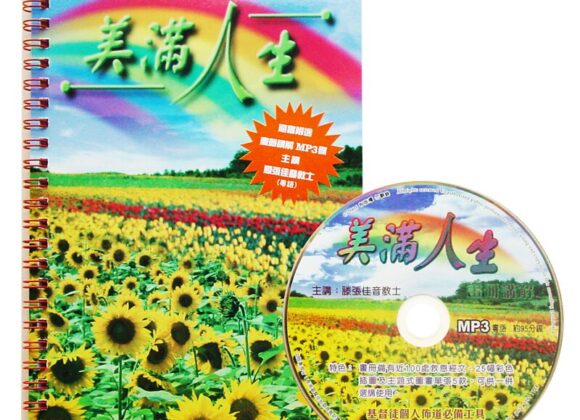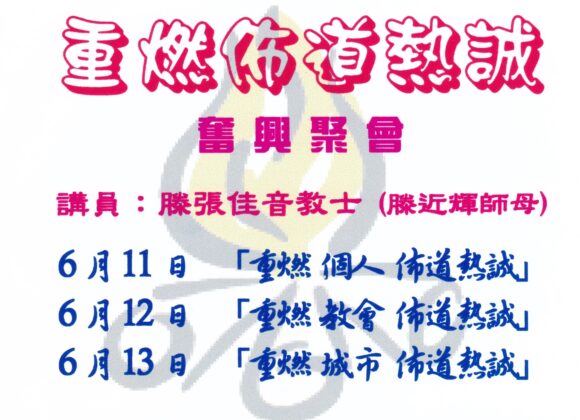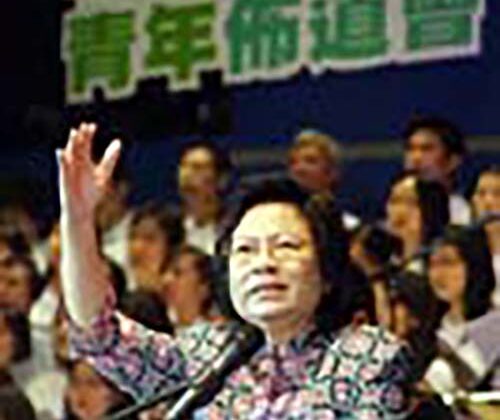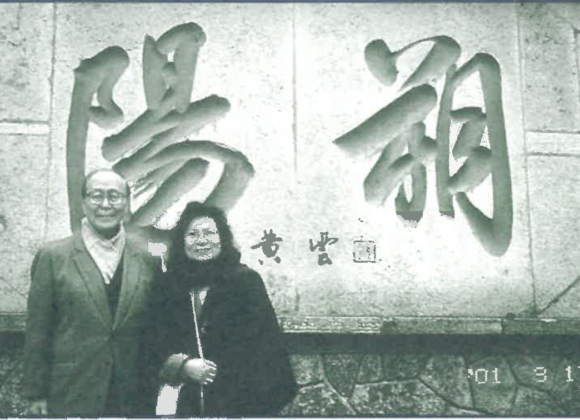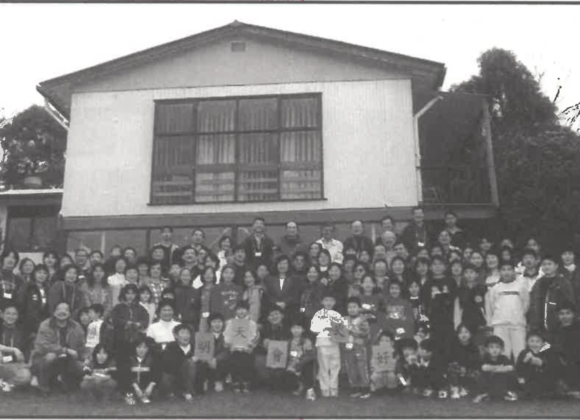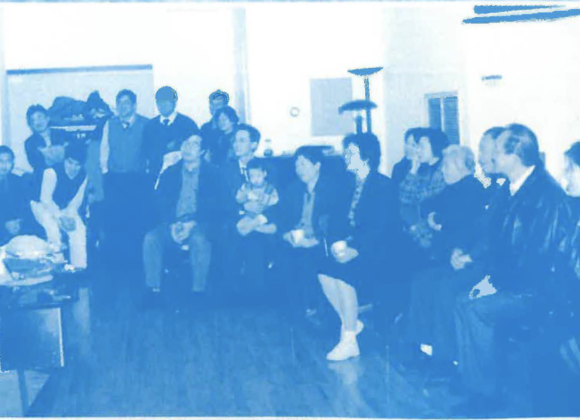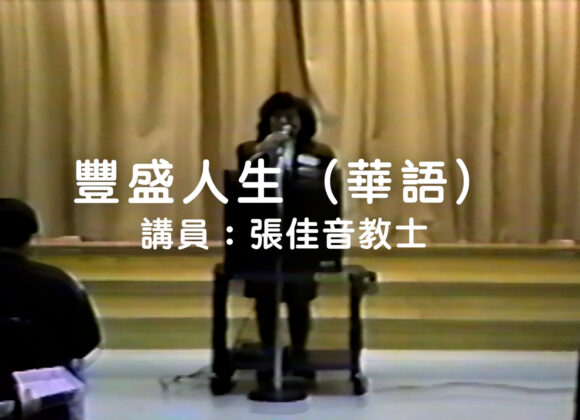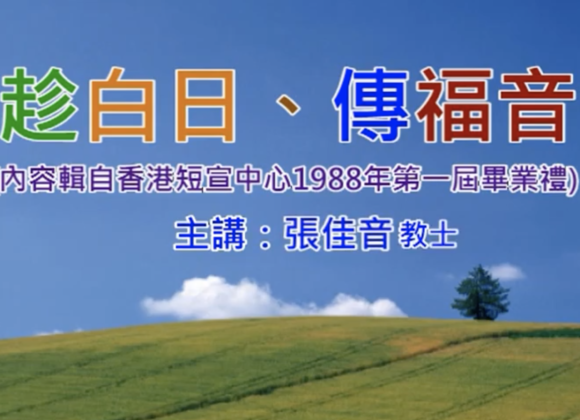Pius Lee
Air Conditioners as Afterthoughts
Heatwaves[1] in many parts of the Northern Hemisphere captured the public’s attention. The inadequacy of the central air conditioning units in many of the northern cities testifies to the unexpected increase in air temperature across Northern Europe, Asia and America. Thuyen-Anh and I recently moved from Washington D.C. (38.9oN latitude) to Queens, New York (40.7oN latitude). We were looking for housing in Queens in the past months. We found it strange that many residences in Queens were not designed with air conditioning considerations. Without exception, winter heating was considered. However, air conditionings were not always available in the houses we visited. It is awkward to see many high-rise apartment buildings in New York with ugly air-conditioning radiation units protruding from their windows as afterthought fixtures.
Asia is similar. Thuyen-Anh married me in 1994, and moved to Japan to join me. I worked in the Japan Weather Association (JWA) in Nagoya (35.2oN latitude). Our small tatami one bedroom apartment had only one small wall-mounted air-conditioner. In summer in Nagoya, the temperature reached around 33oC daily. The landlord did not permit other air-cool appliances. Thuyen-Anh had to spend time in a nearby indoor air-conditioned shopping mall during the day as I worked in JWA.
Thuyen-Anh and I had lived many years in Sweden and Norway respectively before our marriage. In Scandinavia, air conditioning was again an afterthought. Around our 10th anniversary, we brought our four small children to Stockholm on our family vacation. We were unaware of the occasional summer heatwaves in Stockholm. We suffered sweltering nights in a hotel with no air-conditioning.
Heat Waves Impact Mitigations
Building designs had changed. The new concepts address environmental friendliness, energy efficiency, air-temperature comfort as well as aesthetics. It is becoming more commonplace that these residential complexes are equipped with central air conditioning and use recyclable energy. Some even generate surplus solar energy occasionally. They can sell the surplus energy back to the electricity power-grid. However, more energy is not necessarily the merrier. Solar energy is the basis for all energies in our planet as it is our single incoming energy. All other forms of energy are deviations and transformed manifestations of it. Net-incoming and net-outgoing radiative energies must be in balance to keep planet Earth in an equilibrium state.
Does heatwave reflect that this delicate balance experiences hiccups? The heatwave scenarios are much wider and bleaker than just about availability of air-conditioning and energy efficiency in building design. To cope with heat waves one should look at sensible strategies to manage and mitigate damage and threat resulting from their more frequent occurrences. Categorically there are three aspects of safeguards: (1) human health, (2) habitat safety, and (3) food security.
Dehydration is the most common threat when the heat index reaches 35oC or higher. One can think about the heat index as the conceived temperature taking humidity of the air into account. For instance, a 32oC air parcel in an environment of 80% humidity will have a heat index about 45oC. Dehydration is deadly. Therefore, one should drink a lot of fluid to stay hydrated. Heat-stroke is deadly. Therefore, one should stay in the shade and stay sunscreen-protected.
Severe Weather
Heat wave characteristics are a telltale sign of weather pattern changes in some regions of the world. Severe weather and climate change are two buzzwords. Forecasters sometimes used them to describe a rather long term change in weather and climate. I personally think that no change is absolutely irreversible. Therefore my connotation of change in weather and climate merely addresses the current more frequent and more intensified heat waves in the Northern Hemisphere. It signifies differences but not a permanent trend. Nonetheless, it is wise to avoid the potentially adverse effect of these projected changes. For instance, do not buy homes near coastlines that have a low elevation above sea level. Do not buy real estate near deserts as some deserts are projected to expand due to droughts resulting from alteration of rain patterns. Urbanization concentrates heat due to the urban heat island effect. It is a temperature increase owing to the complex micrometeorology in the city caused by street canyons, and impermeable road-ways and buildings. Thermal outputs from cars and buildings also contributed to the temperature increase in cities. Therefore if you do not have to live very close to work in the city, suburban homes may be a nice middle ground solution reconciling proximity to work and habitat comfort.
Heat waves’ threat for food security is perhaps the most sobering concern. Heat waves affect agricultural and fishery industries. Heat waves are associated with large regional subsidences of air. They are anticyclonic pressure systems. They come with strong sunshine and clear sky conditions. Strong ultraviolet radiation damages agricultural produce. Near the land surface, ozone peaks in heat waves and its concentrations tend to be high when the ambient temperature is high and when the sunshine is strong. Ozone oxidizes plant tissue as it respires. Agricultural yield has been significantly decreased due to heat waves. The aforementioned drought and desertification of land further exacerbate the food scarcity challenges as there will be less agricultural land and the remaining farmland will face less favorable conditions. The severe weather predicted to happen in the near future added to the worries. For instance, earlier this year we saw catastrophic floods in July in New York, and snowfalls in March in California. They caused billions of dollars of agricultural produce loss.
Cycles and Periodicities
The severe weather is largely governed by changes in the Sea Surface Temperatures and the El Niño cycles. El Niño is a climate pattern that describes the unusual warming of surface waters in the eastern equatorial Pacific Ocean. There exists a large disparity in the value of heat capacities between air and water. A water temperature change in the ocean contributes a much stronger and lasting thermal impact in the atmosphere than that in the air. Therefore El Niño cycles dictate short term severe weather patterns.
There are a few other known impactful cycles that contribute to periodic changes of weather and climate. Again, herein I loosely define change as differences in patterns over decades to centuries. The El Niño cycles have an irregular periodicity between 2 to 7 years. It is likely to be the most impactful driver for severe weather forcing. Beyond that, sunspot flares are likely to be rather influential as well. Periods of outbreak of sunspot flares happen roughly every eleven years. They represent peaks of radiation activities of the sun. During the sunspot outbreaks, more radiative energy reaches the Earth. The planet experiences increases in net radiative input. Unfortunately, more abruptly increased radiation means more severe weather. As one extends the temporal periodicity of weather impact, there are periodicities of Earth’s core spins and ice-age alterations that have correlations with earth’s air temperature changes.
The word “cycles” implies that things repeat themselves and the Planet Earth’s climate has self restraining forces. An ancient philosopher was inspired to highlight the following thought: “What has been will be again, what has been done will be done again; there is nothing new under the sun.” (Ecclesiastes 1:9 NIV)
[1] One workable definition of heat wave is a situation with lingering high temperature with daily max heat index reaching 40oC for 2 days or longer.
Author: Pastor (Dr.) Pius Lee is the Director of the Development Division of NYSTM. In 2021, he retired from the National Oceanic and Atmospheric Administration (NOAA) of the United States, and was selected the winner of NOAA’s Administrator’s Award for the Air Pollution Forecasting Research Group in 2020. Pastor Lee and Mrs. Ancy Thuyen-Anh, Lee have three sons and one daughter. The couple relocated from the capital, Washington, to New York to take up the post.
Pius Lee. “[Storm Buster Series] Heatwaves” NYSTM Truth Monthly, September, 2023.
https://nystm.org/nytm0923-12/
【小趣奇遇】壓迫商家驅逐去新經濟區

當我們一家被迫拋屋棄貨被驅逐到龍安省(Long An)的一個小鎮墟(Thu Thua)之後;我們的戶口被取消,孩子同時也被取消在城市內上學的資格。四哥與我、弟妹都要輟學。
[Storm Buster] Storm Surge
![[Storm Buster] Storm Surge [Storm Buster] Storm Surge](https://eresource.ifstms.org/wp-content/uploads/2023/12/Hurricane_Kate_2003-_Good_pic-860x500.webp)
Storm surge causes inundation of large swaths of coastal land. Eleven years ago, storm surge from Hurricane Sandy havocked large damages in New York (NY) and New Jersey (NJ). Today, some of those destructions are still noticeable and remain unrepaired.
[Interesting Adventures] The New Economic Development District Policy in Vietnam
![[Interesting Adventures] The New Economic Development District Policy in Vietnam [Interesting Adventures] The New Economic Development District Policy in Vietnam](https://eresource.ifstms.org/wp-content/uploads/2023/12/WhatsApp-Image-2023-11-29-at-14.26.37.webp)
The Vietnamese government had planned well ahead and prepared many makeshift-hut developments such as the one we were sent among all the villages and provinces.
[Interesting Adventures] Suppressing the Merchants (Part II)
![[Interesting Adventures] Suppressing the Merchants (Part II) [Interesting Adventures] Suppressing the Merchants (Part II)](https://eresource.ifstms.org/wp-content/uploads/2023/11/oppressed-Merchants-2-web-edited-800x500.jpg)
Upon the confiscation of our family-cloth-business, there was an undercover policewoman stationed at our home for three weeks every day from 7:00 am till 6:00 pm. Our every move was scrutinized⋯⋯
[Storm Buster] Autumn Foliage Forecast
![[Storm Buster] Autumn Foliage Forecast [Storm Buster] Autumn Foliage Forecast](https://eresource.ifstms.org/wp-content/uploads/2023/11/Screen-Shot-2023-10-30-at-11.05.07-PM.jpg)
Autumn is pleasant. It has many public holidays for the most populous countries in the northern hemisphere. In the U.S. we have Labor Day, Columbus Day and the Veterans Day. In China there are Mid-Autumn Festival and Double-Yang Festival.
[Storm Buster Series] Preempt Wildfires
![[Storm Buster Series] Preempt Wildfires [Storm Buster Series] Preempt Wildfires](https://eresource.ifstms.org/wp-content/uploads/2023/10/nytm2310p-72.jpg)
We were all stunned by the apocalyptic scenes of devastation and destitution caused by wildfires in Maui, HI. The utter sense of desolation and desperation was overwhelmingly sad. It destroyed the idyllic Island of Maui. Many people are still in denial and disbelief when they look at the news reports.
[Interesting Adventures] The Oppressed Merchants (1)
![[Interesting Adventures] The Oppressed Merchants (1) [Interesting Adventures] The Oppressed Merchants (1)](https://eresource.ifstms.org/wp-content/uploads/2023/10/nytm2310p-71-700x500.jpg)
Mom and dad ran a textile and cloth business for thirty years. Their humble street hawker beginning was never remote. Only through thrift living and hard work did mom and dad gradually expand their business and eventually proudly owned a retail shop in the middle of the vegetable markets.
【小趣奇遇】民族之間文化的差異

我父母親年輕未婚時來自潮州;但我們六個兄弟姊妹都是出生於越南。全家一直住在華人聚居最多的「堤岸」。華人都是做大小生意為生的。連本地越南人都學會說粵語,特別需要在生意上能用粵語溝通,他們也讓自己孩子去華文學校讀書。
Heatwaves

Heatwaves in many parts of the Northern Hemisphere captured the public’s attention. The inadequacy of the central air conditioning units in many of the northern cities testifies to the unexpected increase in air temperature across Northern Europe, Asia and America.
Cultural Divide

Born in Vietnam, my siblings of six including myself, lived in a Chinese town called “Cholon”. Cantonese was the business dialect that even the native Vietnamese learned to speak. Many of the Vietnamese natives sent their children to Chinese schools.
【小趣奇遇】教學混亂與民間迷信

在1975年南越政變後,我和二哥(榮光)和弟弟(榮南)就讀的「同心」中小學,从私立成了公立學校,取消了學校制服。由於不夠老師,加上政府監控學校制度,又撤銷所有華語課堂,規定只准許學習當地越南文。
The Unfathomable Deep Space and Seas
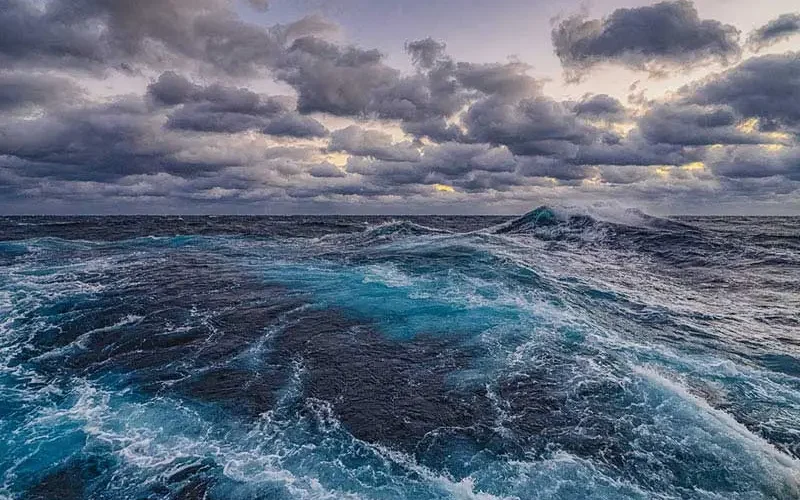
Man is an adventurous creature. In the pre-pandemic year of 2019 the US travel and tourism industry generated 1.9 trillion dollars in economic output. That was a startling 9% of the nation’s corresponding GDP of 21.38 trillion dollars in 2019.
Chaotic schools and rampant superstitions

When the communists took over Vietnam in 1975, my second eldest brother (David), I and my younger brother (Kevin) were studying in the “Same Heart” middle-and-elementary school in Cholon, Vietnam. Originally a private school, it was changed to a public school under the communist government.
Calmness after the War (Part II)

My parents ran a textile and clothes retail shop from our home. Under the new communist government after the Vietnamese civil war, every home was eager to sew the new national flag. Therefore, all of a sudden our home business was thriving beyond our wildest imaginations.
【小趣奇遇】戰亂後的平息(下集)

父母親是做買賣布料的家庭式生意。內戰後的新興政府,規定家家戶戶都要買布料縫裁新國旗。突然間,店舖的生意好到忙不過來。我的大哥(雁榮)想幫父親的輕型電單車加油,去了附近一公哩以外的油站加油。
Pollen Allergy Becoming a Mainstay

Pollen allergy is more commonly known as hay fever. Medically speaking, it is called seasonal allergic rhinitis —- a provocation of the immune system to overreact to pollen from trees, grasses, and weeds. Hay fever occurs mainly in the spring and fall when pollen from trees, grasses, and weeds are in the air.
Calmness after the War (Part I)
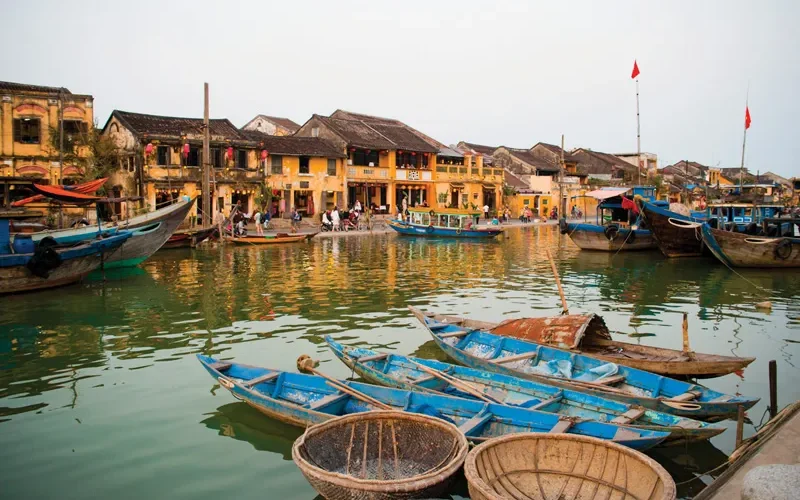
In the May issue we mentioned the civil war between North and South Vietnam. It finally ended on the so-called “Liberation Date” on April 30, 1975. The North united the country into a communist country.
滕張佳音博士
國宣創辦人
▪︎美國芝加哥三一福音神學院文學碩士(宣教)及教牧學博士(宣教學)
▪︎前建道神學院跨越文化研究部副教授
▪︎牧職神學院榮譽創院院長
▪︎國際短宣使團創辦人





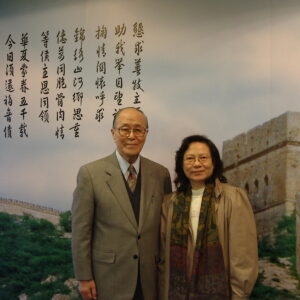



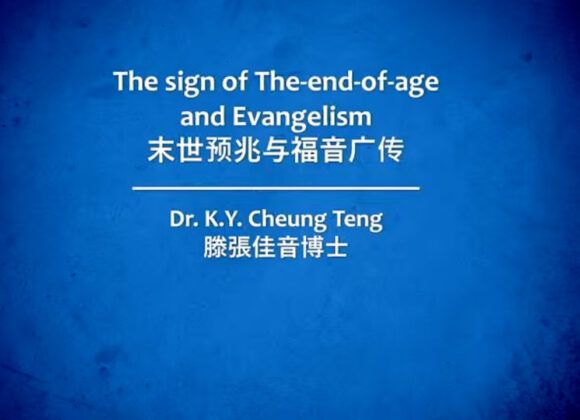





![[Storm Buster] Storm Surge [Storm Buster] Storm Surge](https://eresource.ifstms.org/wp-content/uploads/2023/12/Hurricane_Kate_2003-_Good_pic-580x420.webp)

![[Storm Buster] Autumn Foliage Forecast [Storm Buster] Autumn Foliage Forecast](https://eresource.ifstms.org/wp-content/uploads/2023/11/Screen-Shot-2023-10-30-at-11.05.07-PM-580x395.jpg)

![[Good Questions] What is Truth? Part 2 [Good Questions] What is Truth? Part 2](https://eresource.ifstms.org/wp-content/uploads/2023/11/What-is-Truth-Part-2-580x420.jpg)
![[Good Questions] What is Truth? [Good Questions] What is Truth?](https://eresource.ifstms.org/wp-content/uploads/2023/10/truth-166853_1280-750x450-1-580x420.jpg)
![[Storm Buster Series] Preempt Wildfires [Storm Buster Series] Preempt Wildfires](https://eresource.ifstms.org/wp-content/uploads/2023/10/nytm2310p-72-580x401.jpg)






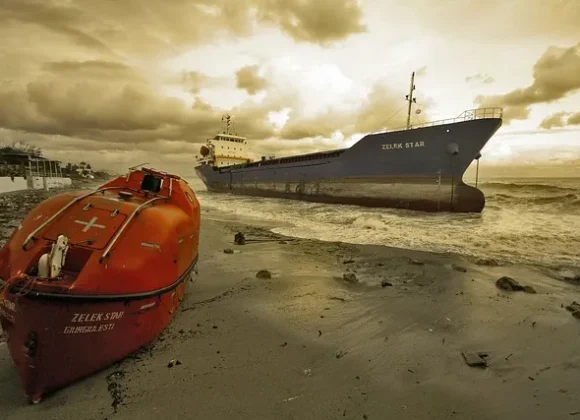

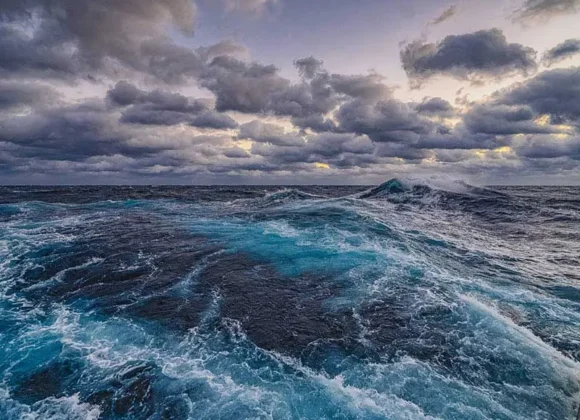
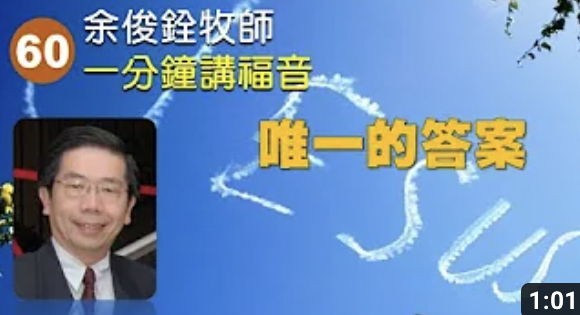




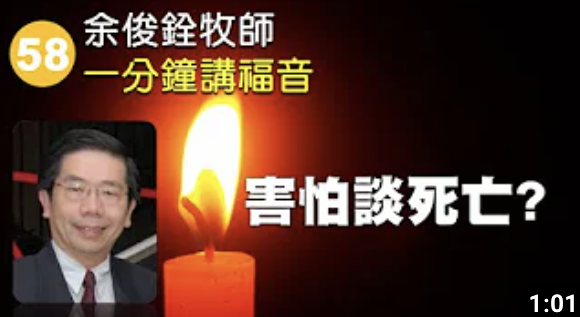
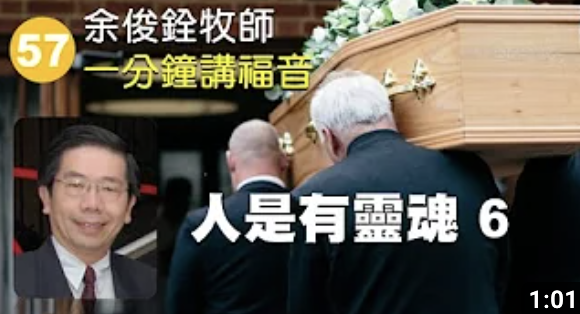
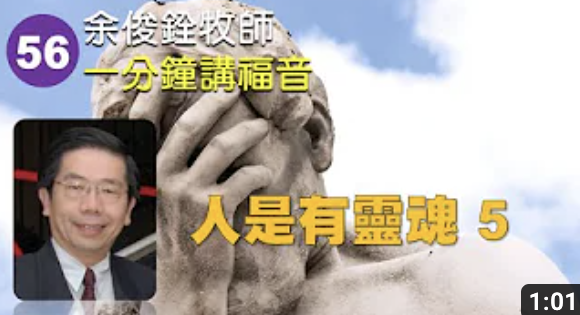



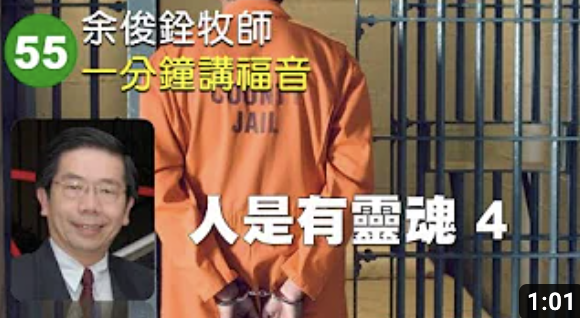


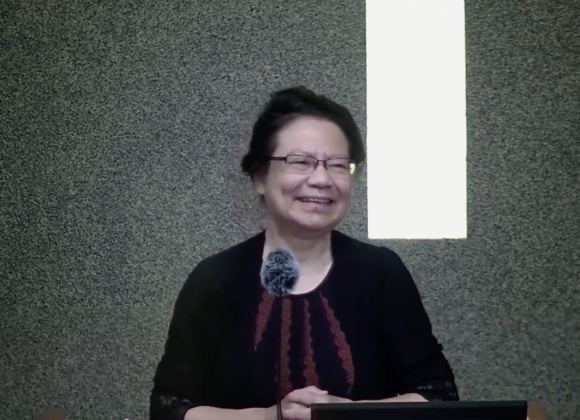



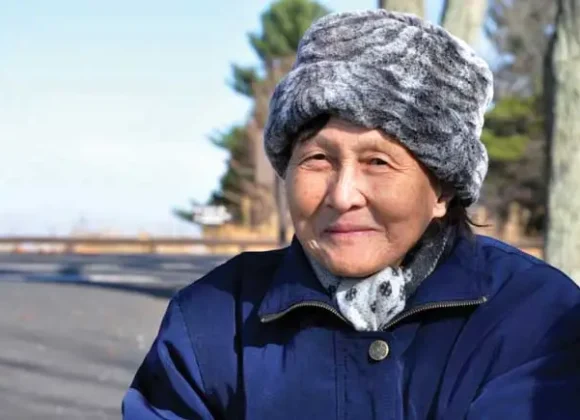

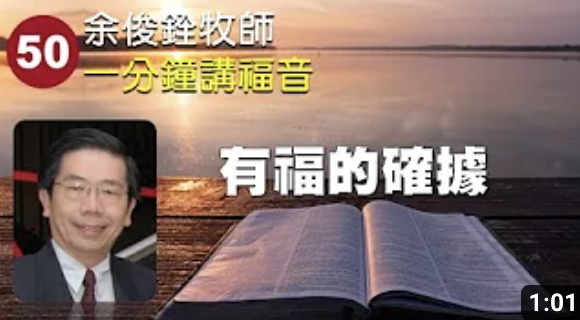
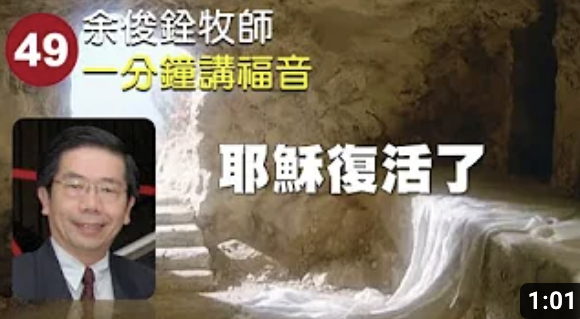




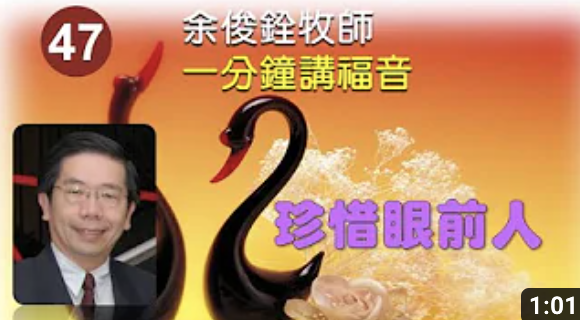
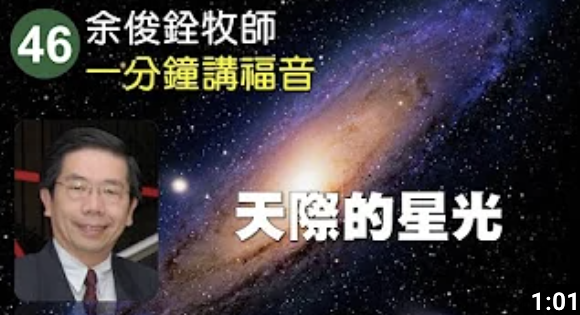


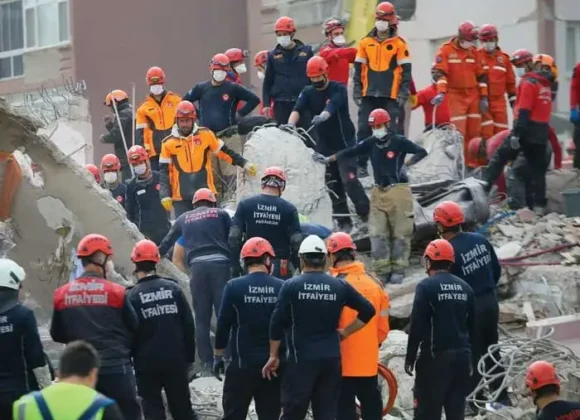
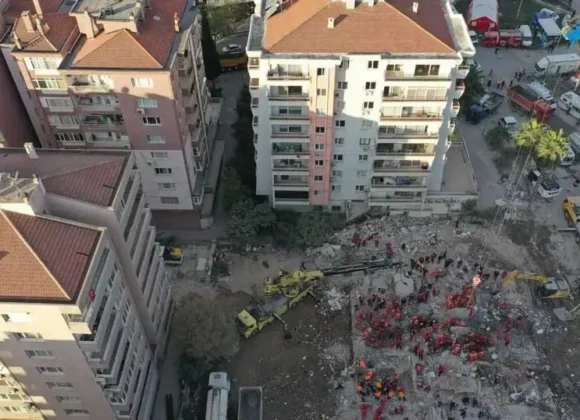
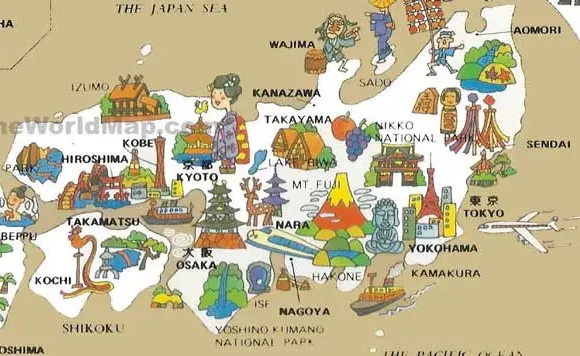


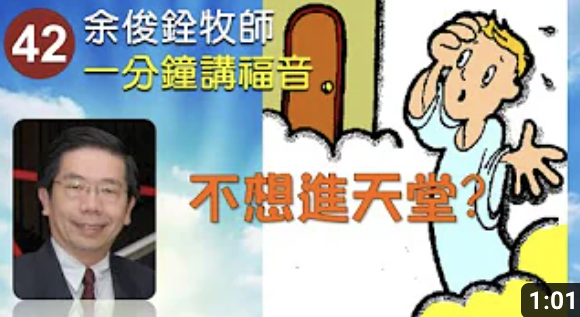
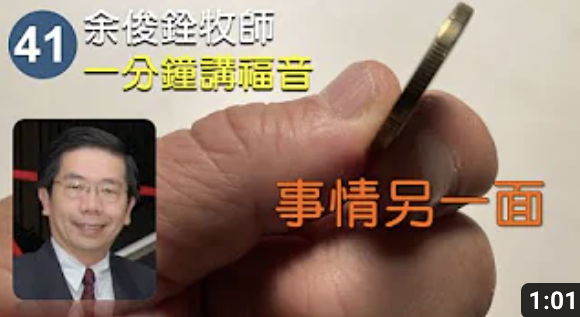
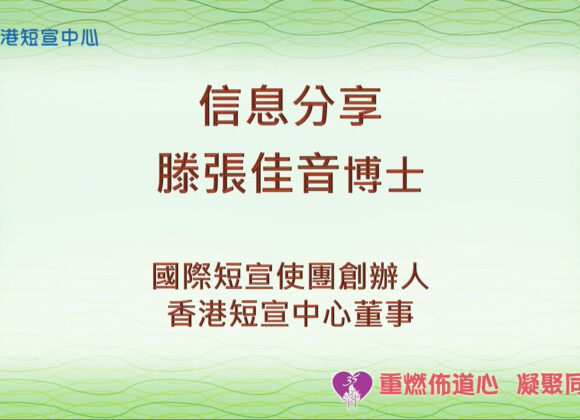




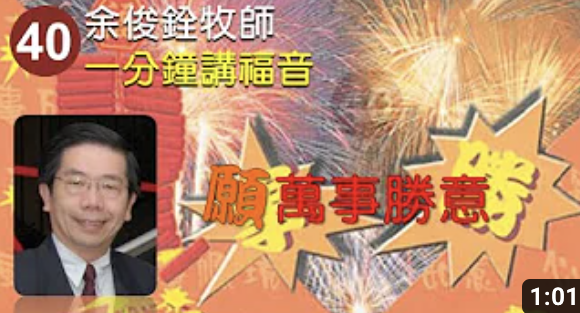


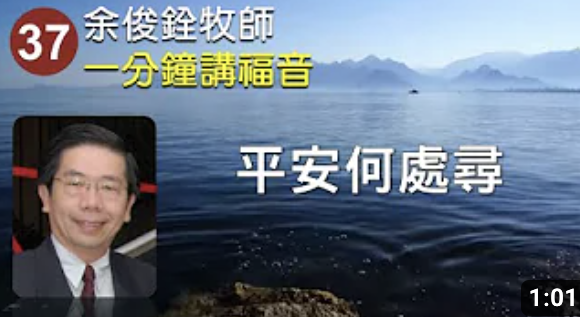




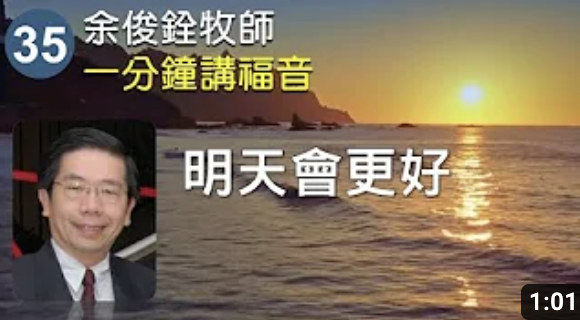
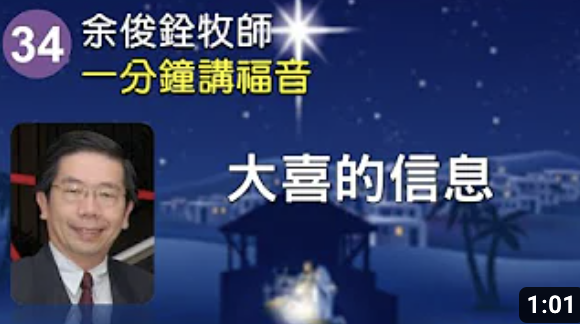

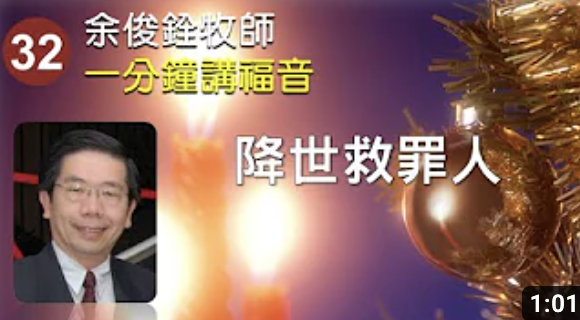


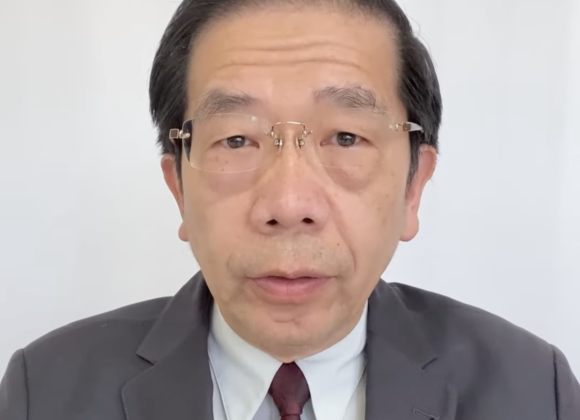
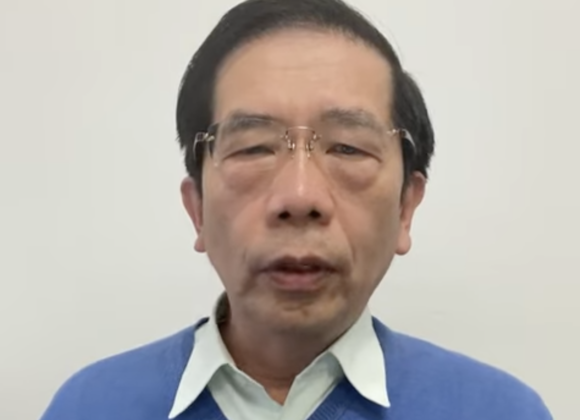

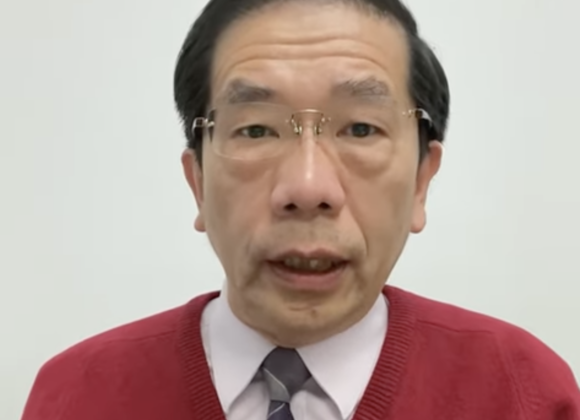
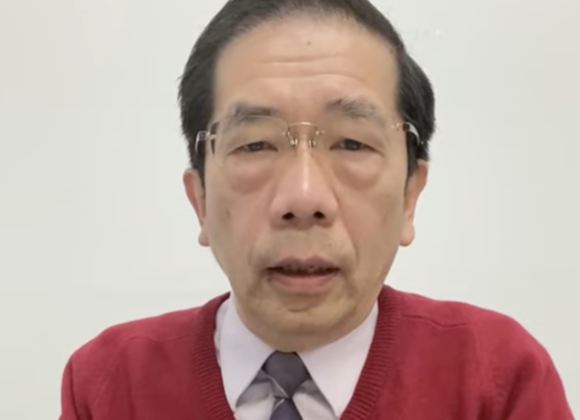
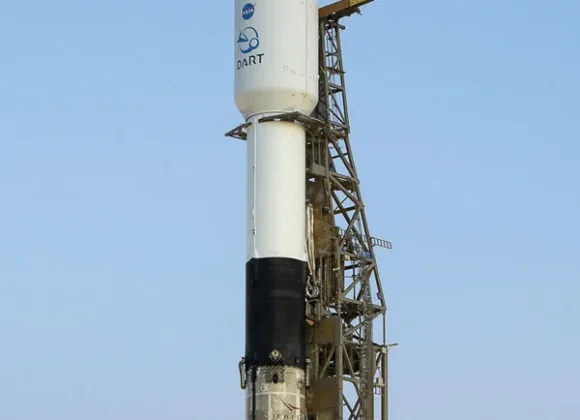
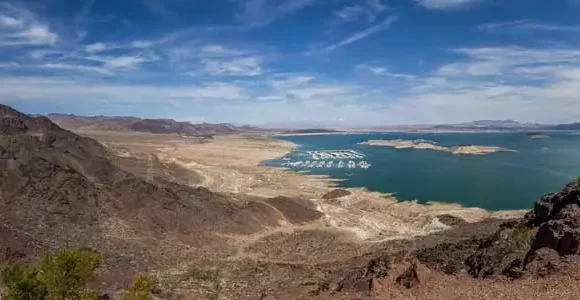
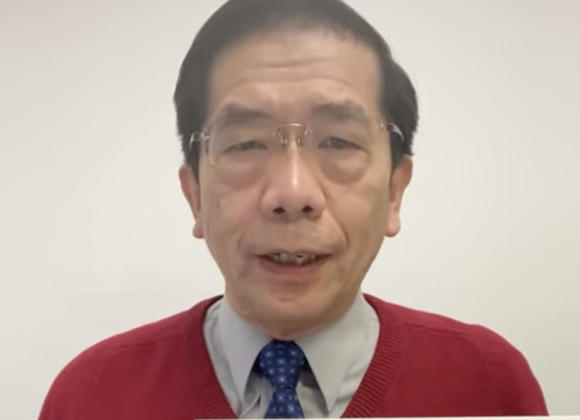
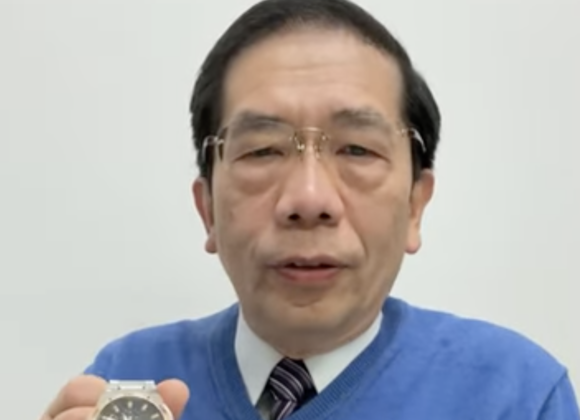
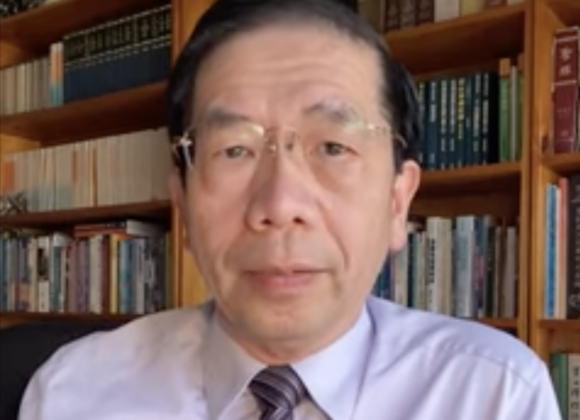
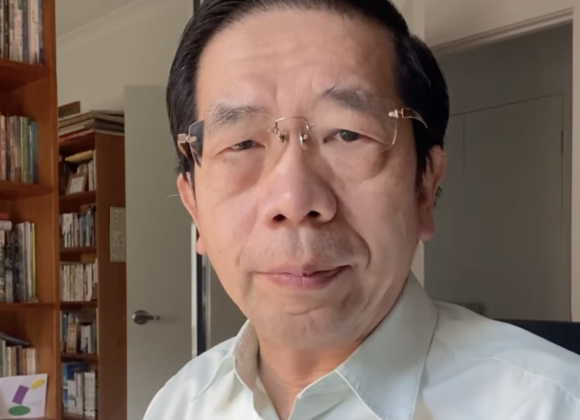
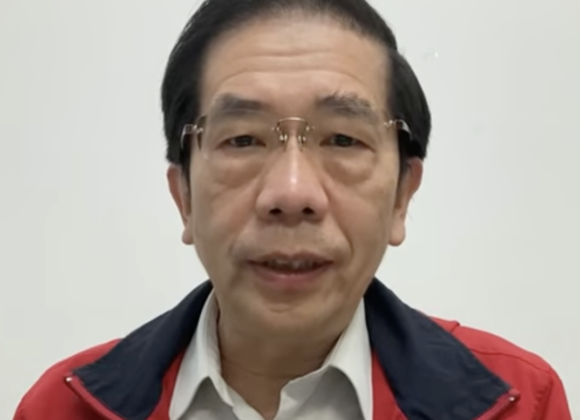
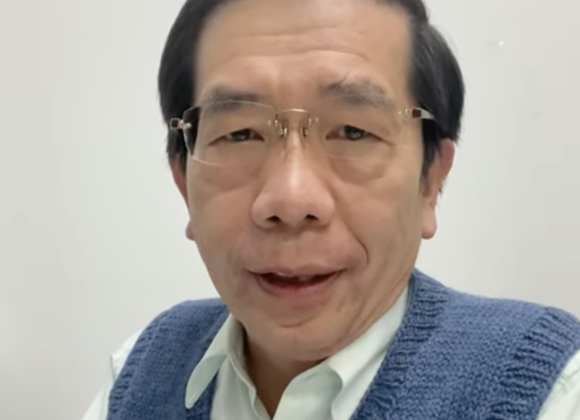
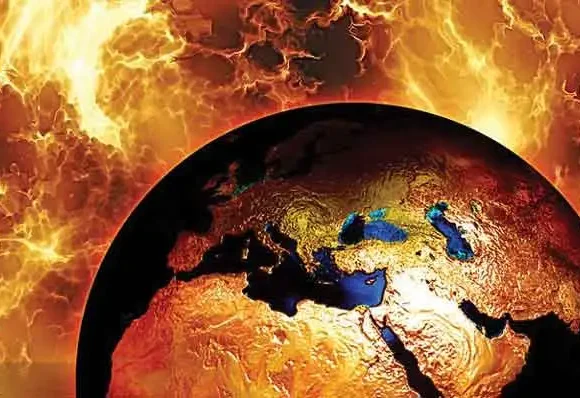
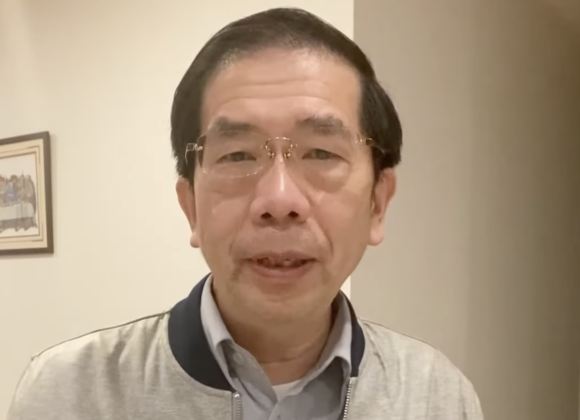
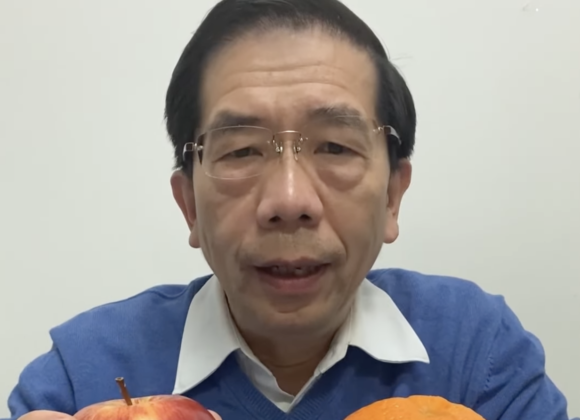

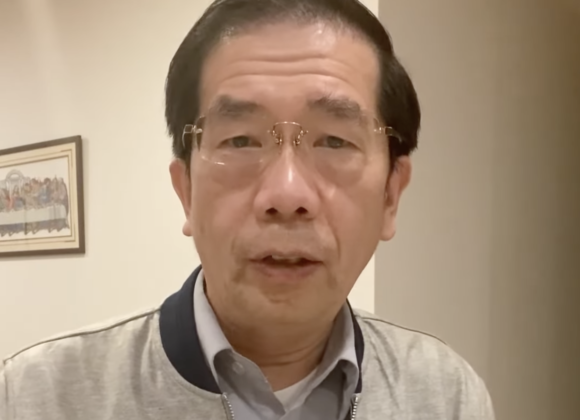
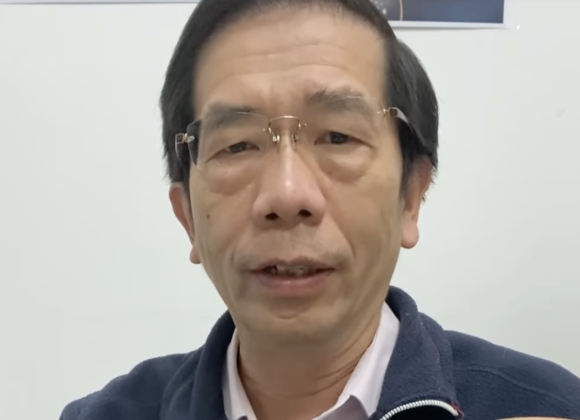
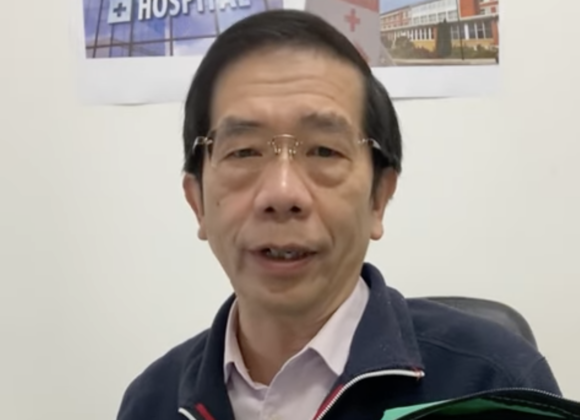
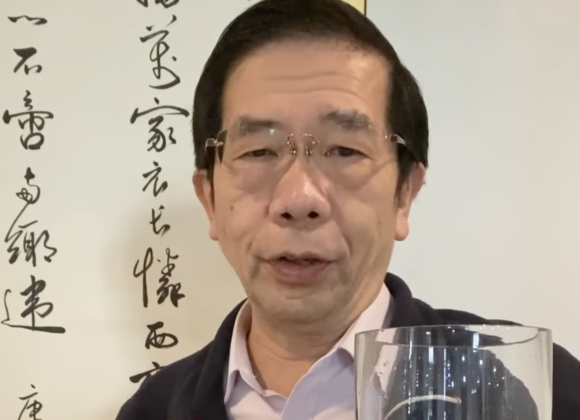
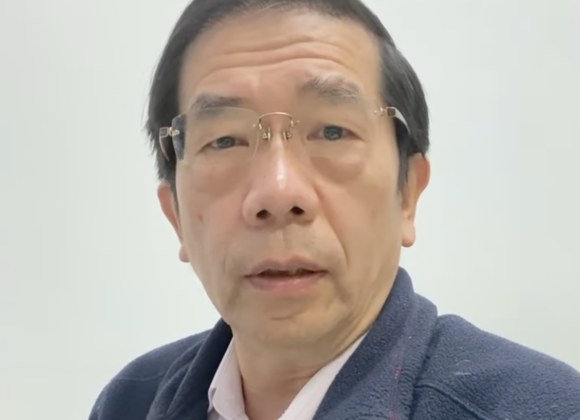
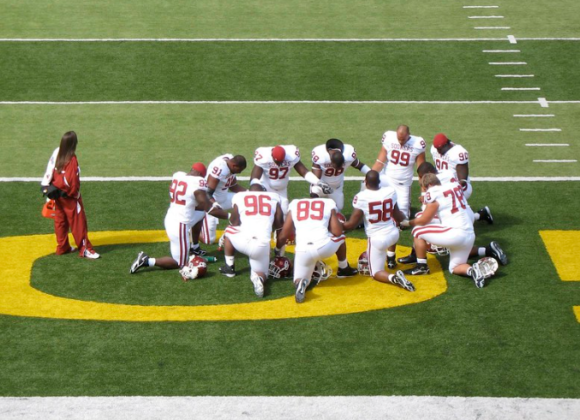
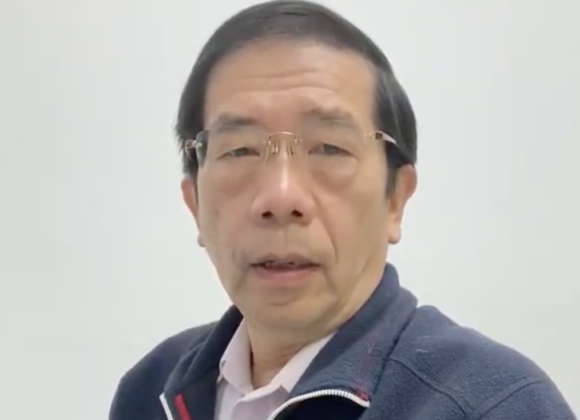
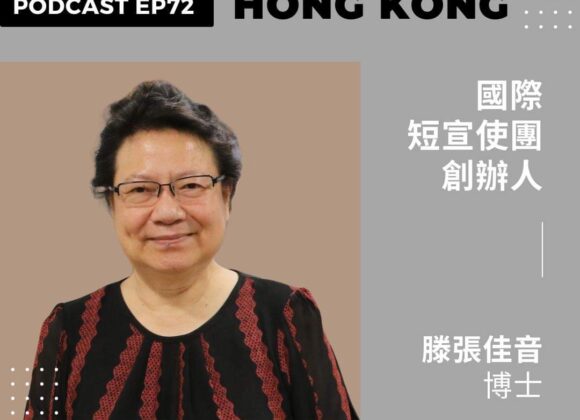


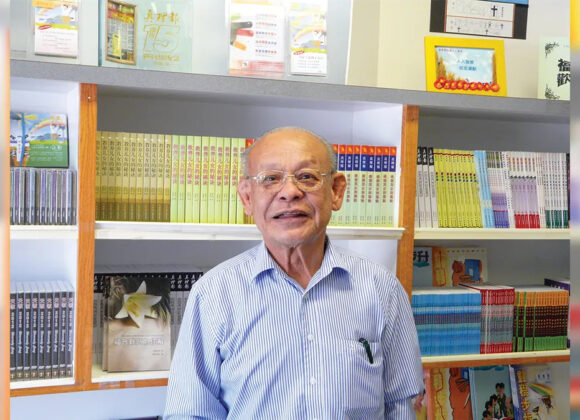

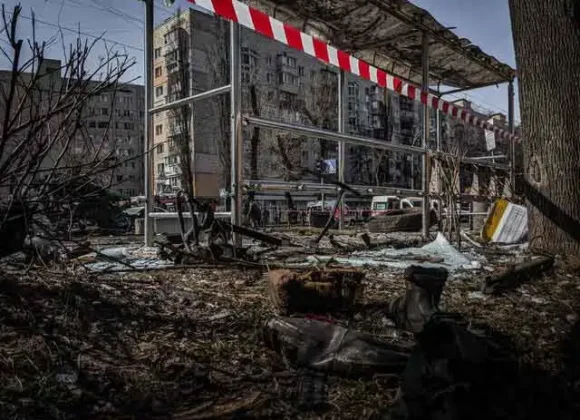
的創建.jpg)





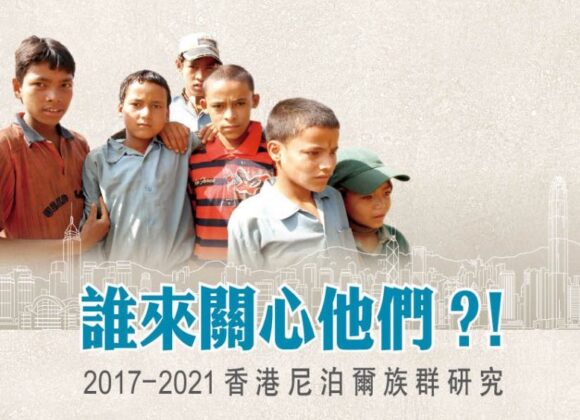






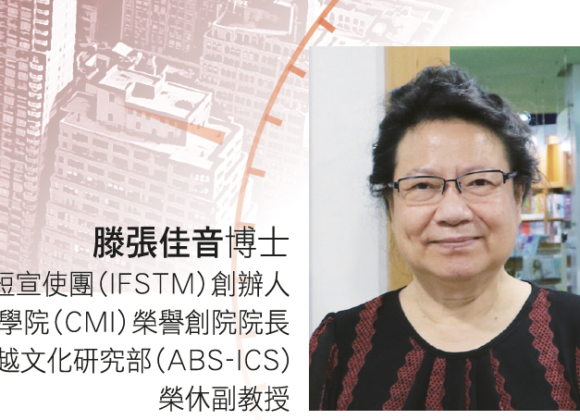


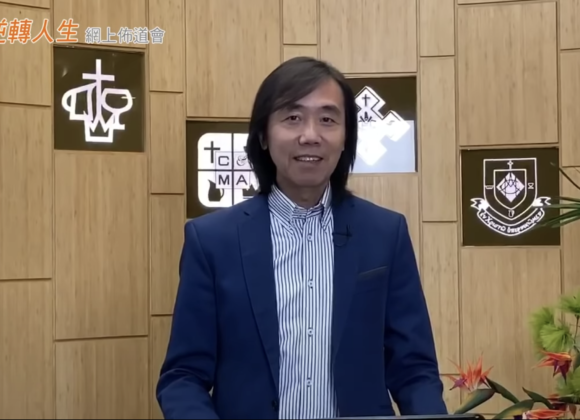

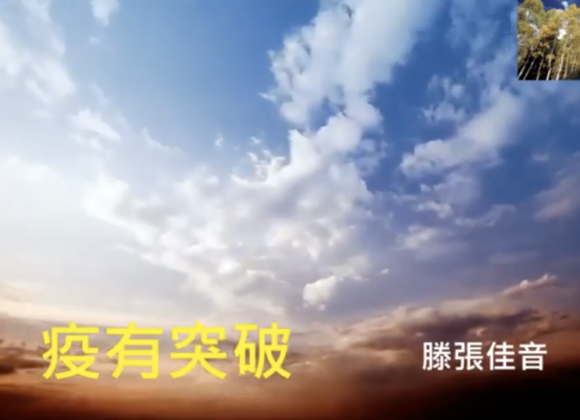



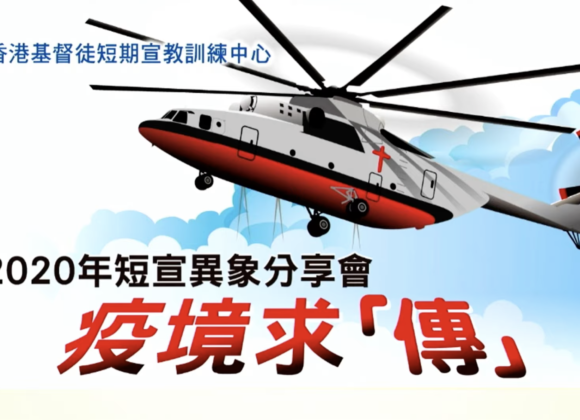






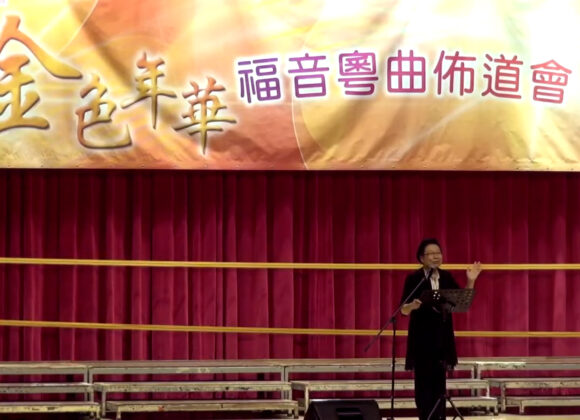


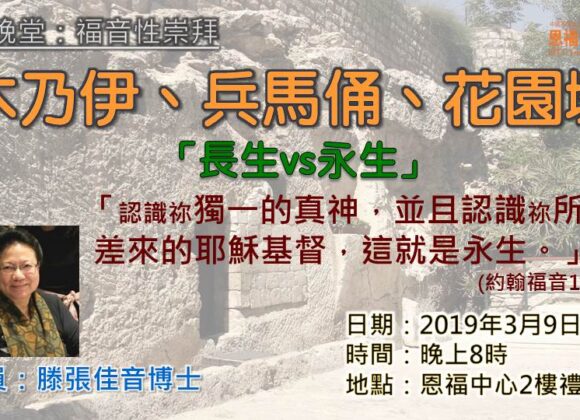

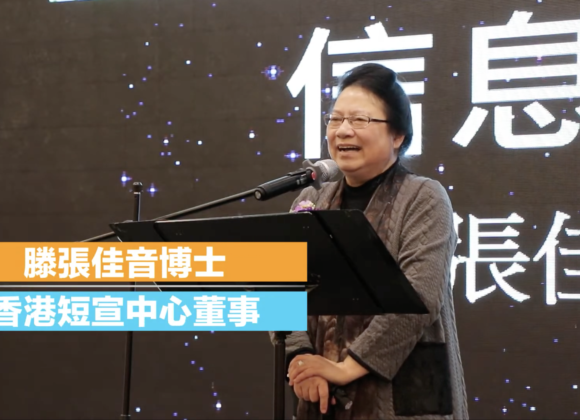

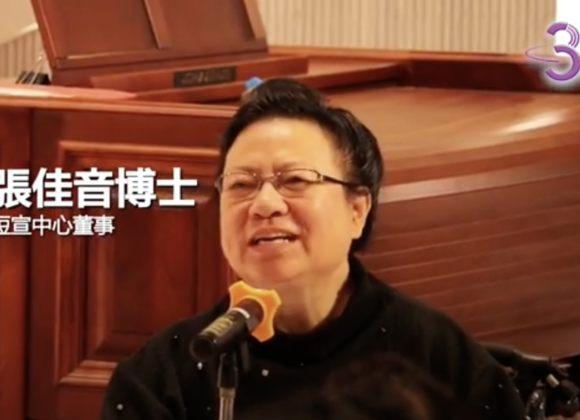
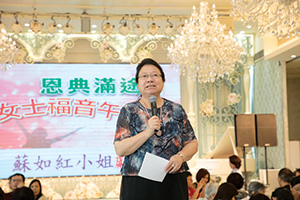


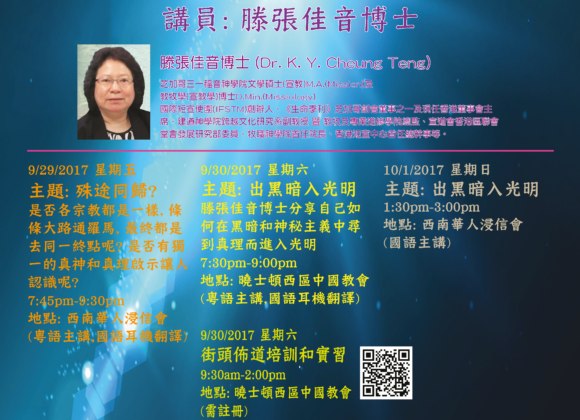
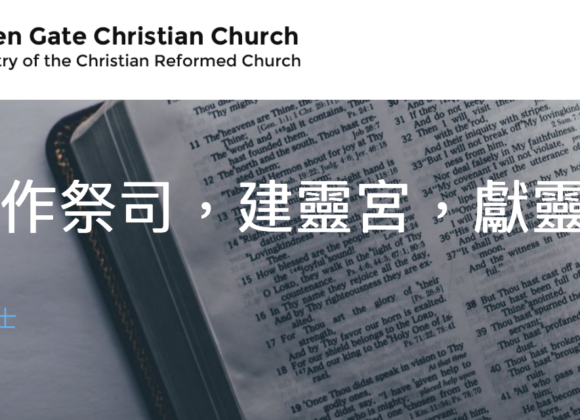

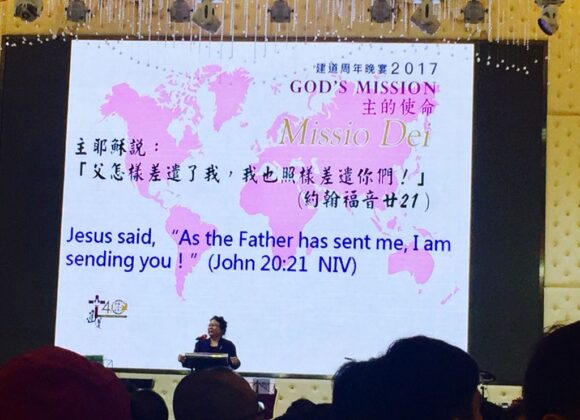
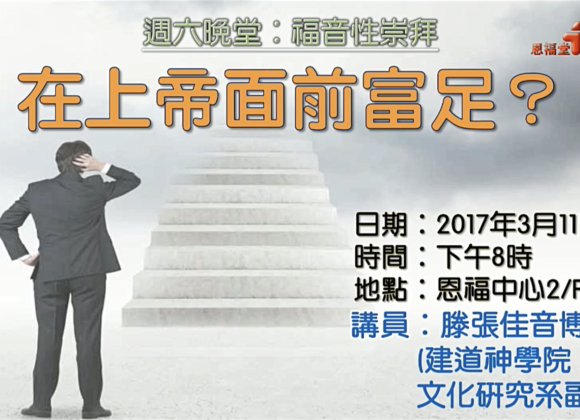


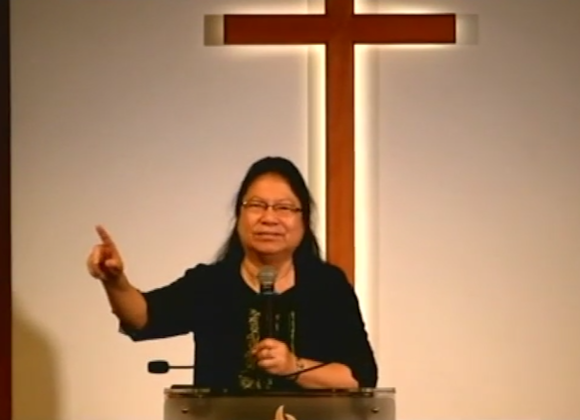
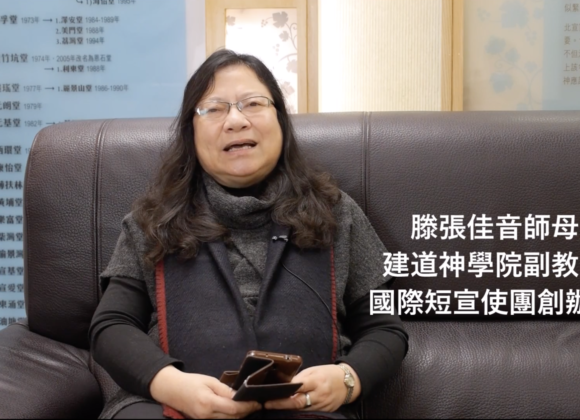
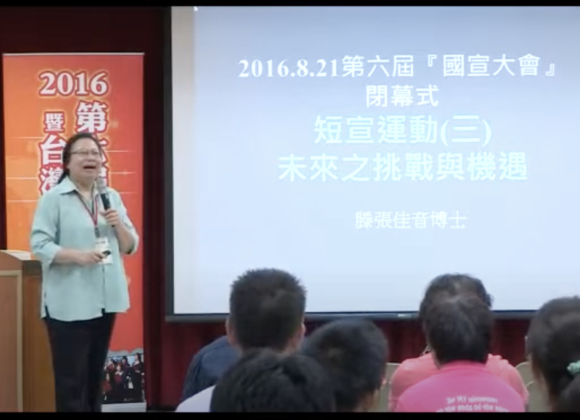


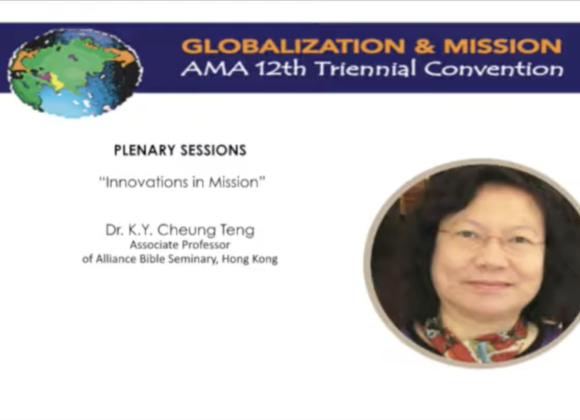



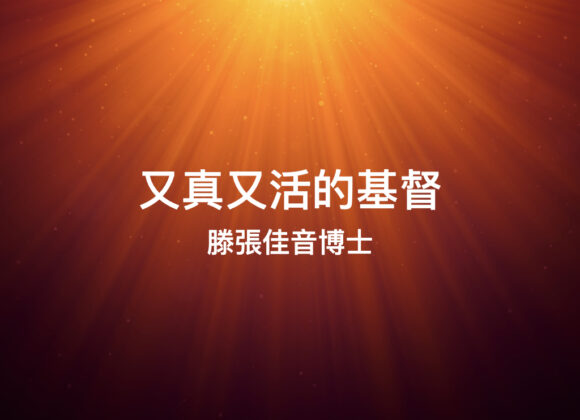

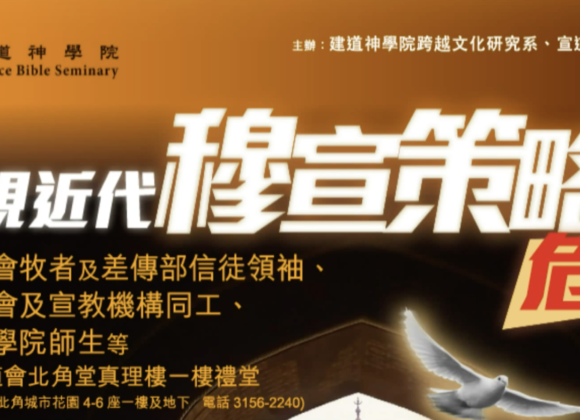
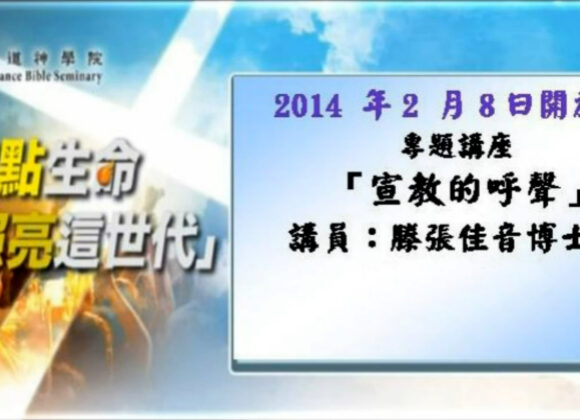



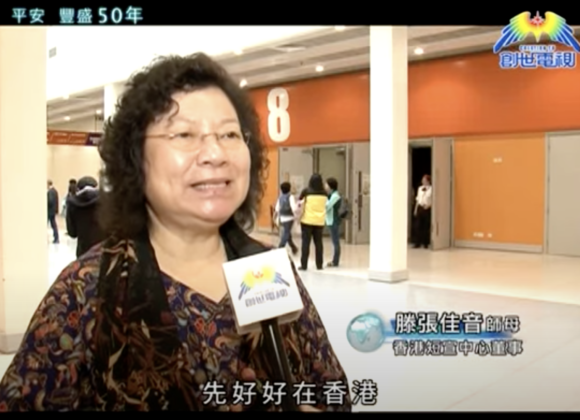
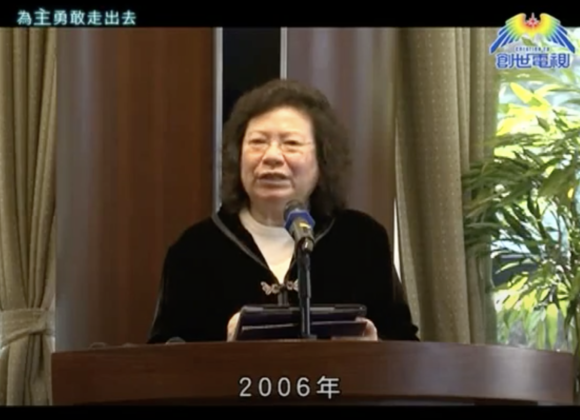

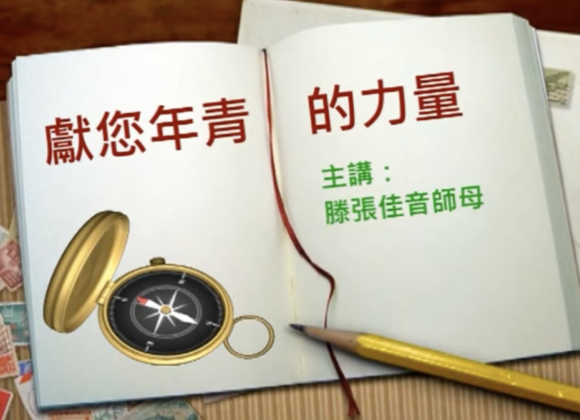

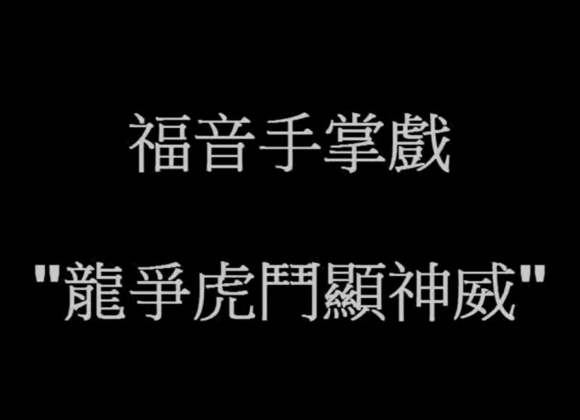
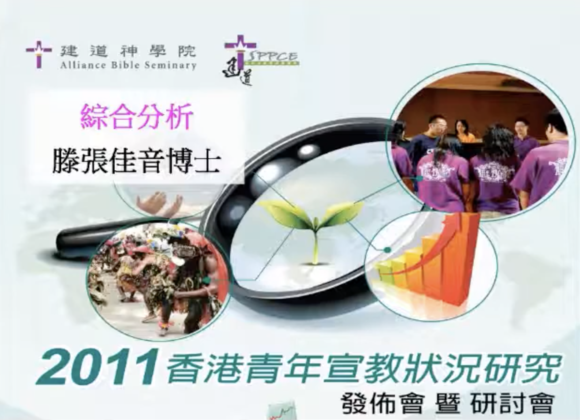

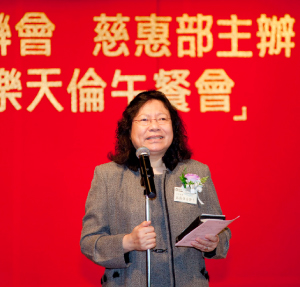









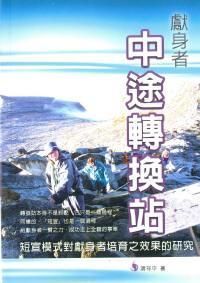
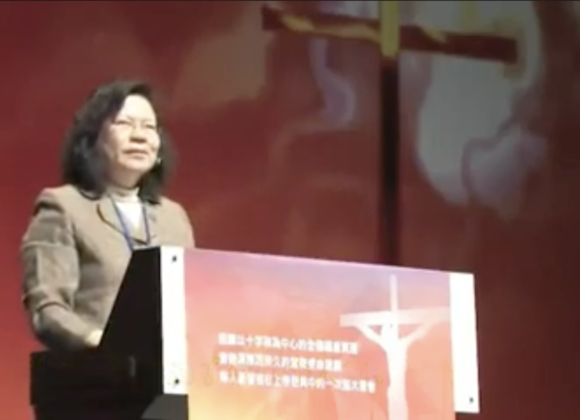
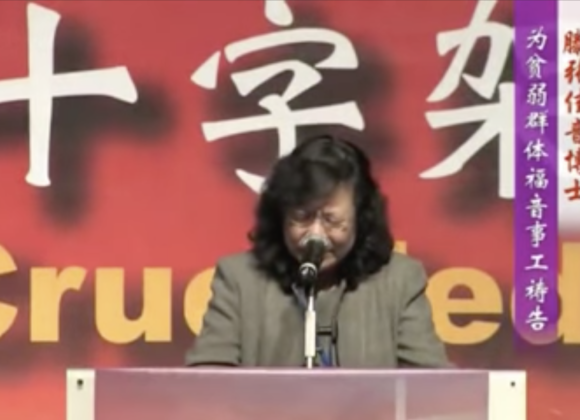
-580x420.png)
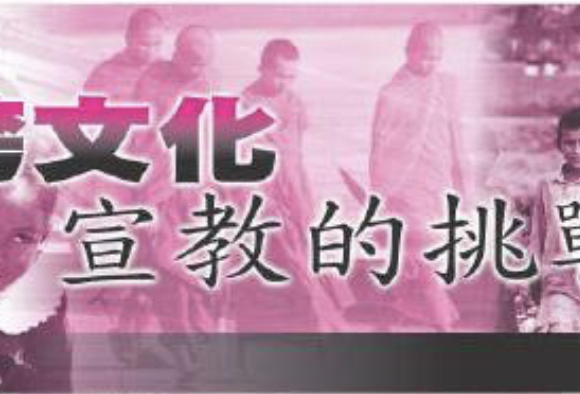
-580x420.png)

-580x420.png)
-580x420.png)

